When travelling showmen rolled into Preston
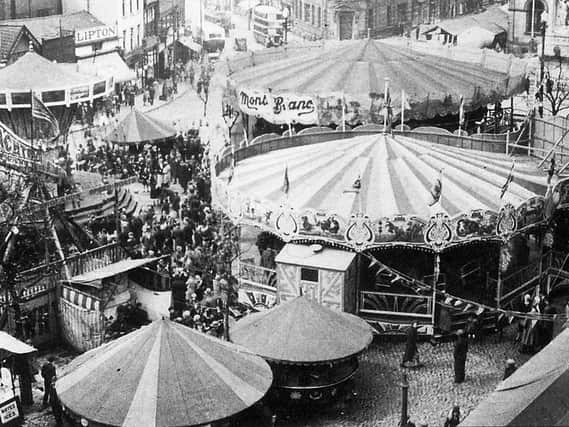

These days Whitsuntide is no longer a public holiday, the movable feast being replaced officially by the fixed Spring Bank Holiday 50 years ago in accordance with the Banking & Financial Dealings Act 1971, after trial period from 1965 to 1970.
This year the feast of Pentecost, known commonly as Whitsuntide, falls on the fourth Sunday of May and will be celebrated with the usual enthusiasm in the churches of Lancashire.
Advertisement
Hide AdAdvertisement
Hide AdDespite many of those Whitsuntide traditions being confined to the history books, and the Preston Annual Whitsuntide Fair since 2017 no longer held in the city centre, it still evokes memories.
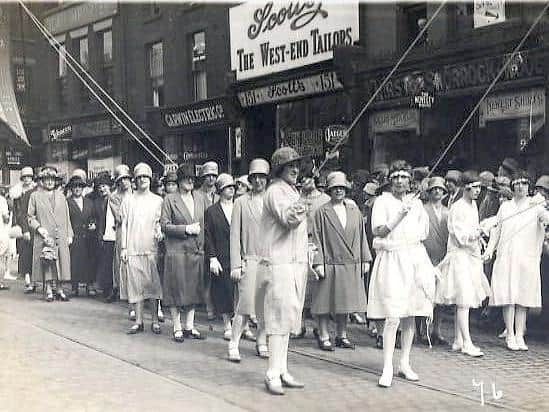

One hundred years ago in 1921 Whitsuntide was celebrated on the third Sunday of May and brought with it the usual excitement and enthusiasm. The Prime Minister David Lloyd George was having problems with the striking coal miners and railway workers were disgruntled. Nonetheless, despite the coal shortages and reduced train services the folk of Lancashire made the most of the holiday weekend.
Despite a showery start on the Saturday many charabanc proprietors took advantage of the crisis to ferry passengers to the seaside and countryside. Preston motor bus operators such as Stokes, Pilot Motors, Excelsior, Viking and Bluebird were all offering a day trip to Blackpool and back for about five shillings and Scout Motors had excursions to Windermere and Grange available for 12 shillings. Not surprising then that the roads were much busier than in previous years.
When the day trippers got to Blackpool they found the resort as busy and bustling as normally, although the usual trams up and down the promenade were garaged due to industrial action – it meant more business for the charabancs who ferried the holidaymakers along the front.
Advertisement
Hide AdAdvertisement
Hide AdFor those who stayed at home the town’s theatres and emerging cinemas had shows and screenings to entertain. The lavish Empire Theatre on Church Street, opened in 1911, attracted the stage production of ‘Baby Mine’ starring Betty Fairfax straight from the London theatre.
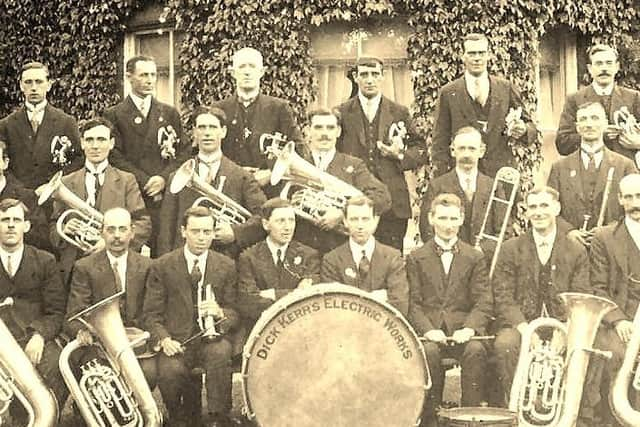

At the Royal Hippodrome on Friargate an evening of entertainment was assured with Dr Walford Bodie, the controversial Scottish hypnotist and ventriloquist topping the bill.
The Theatre Royal by this time often replaced the stage with the silver screen and Ohio-born Marguerite Clark could be seen starring in ‘All Of A Sudden Peggy’ a popular silent movie.
The Palace Theatre had turned to movies and was screening ‘Foul Play’ a silent crime drama starring Renee Kelly, an all British production. Two of the darlings of the British cinema screens Ivy Duke and Guy Newall were on the screen of the Victory Cinema, in St Paul’s Road, twice nightly in the romantic silent movie ‘Garden Of Resurrection’.
Advertisement
Hide AdAdvertisement
Hide AdThe Palladium Cinema on Church Street, opened in 1915, was well established and was screening the popular silent movie ‘Her Benny’, and if you wanted a seat in the circle it was yours for a shilling.
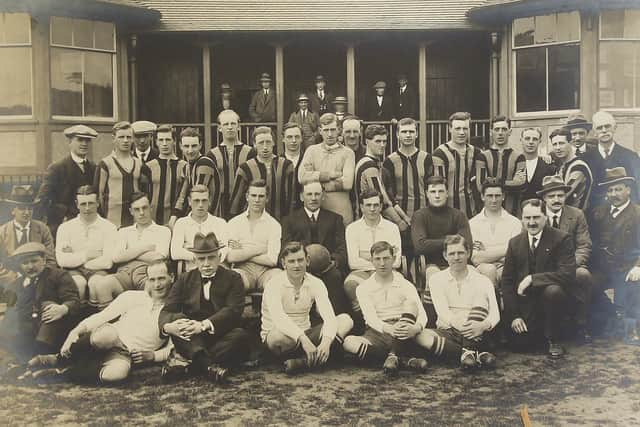

For those venturing on to the Preston parks over the weekend the band of ‘ The Loyal Regiment’ performed twice on Saturday on Avenham Park and the band of the ‘Discharged Sailors and Soldiers’ were on display on Moor Park, and later Haslam Park, on Whit Sunday evening. To the delight of many more the Dick, Kerr’s Prize Band gave two open air concerts on Ashton Park also on Whit Sunday.
At the churches the usual Pentecostal traditions were observed on Whit Sunday with priests, preachers and parsons all welcoming congregations who were blessed by a sunny day. There was eager anticipation among those who would be taking part in the Whit Monday processions and final instructions and preparations were made.
As Whit Monday dawned it was an even brighter, and glorious sunshine shone on the gathering walkers. In the morning the Catholic Guilds took to the streets for the 77th time dating back to early Victorian times.
Advertisement
Hide AdAdvertisement
Hide AdFor those entrusted in carrying the numerous and elaborate banners there was barely a breeze to hinder them. This year it was the church of Sacred Heart who led the way and 20 bands accompanied the procession as the children walked along in formation guided by the elders and the clergy.
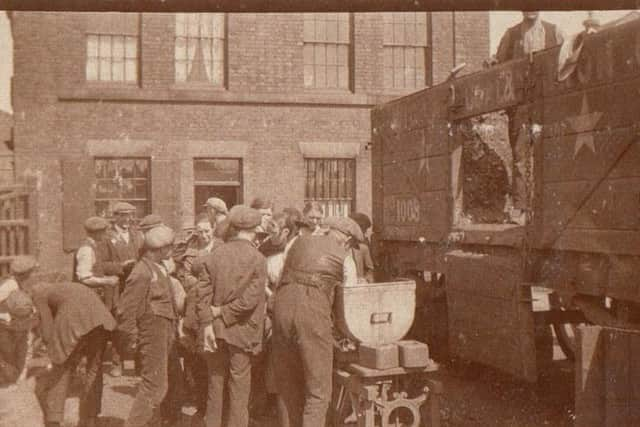

The Church of England’s traditional Sunday School procession followed in the afternoon and 16 churches were represented with the number of scholars and tutors taking part estimated at more than 12,000.
As the Parish Church bells pealed at 3pm the procession got under way and as to custom it was the Parish Church scholars who led the way. To mark the occasion the Accrington Prize Band had arrived to accompany their former vicar the Rev. Arthur John Morris in his first Whitsuntide procession as the Vicar of Preston.
As in the morning huge crowds filled the side walks and clapping and cheering was interspersed with the band music. The processions over, many made their way to the fairground which, despite the coal strike, had seen most of the usual travelling showmen arrive on time.
Advertisement
Hide AdAdvertisement
Hide AdThe Market Square was occupied by the usual assortment of rides and roundabouts. The most spectacular was ‘Greens Dragon Scenic Railway’ which incorporated waterfalls and illuminations. The lower half of the Covered Market was occupied by the usual market traders and the upper half was crammed with booths, exhibitions and a menagerie. While the fish market was the place for juveniles with swings and roundabouts galore.
As they had since the 1870s the Dewhurst cavalcade of caravans and wagons had arrived with their swing boats, hobby horses and a multitude of sideshows to catch the eye of the pleasure seekers.
The showmen certainly lived up to their reputations, the Greens with their Caterpillar ride, Shaw with his Monorail and the Mitchell’s Speedway and Noah’s Ark – along with numerous other roundabout owners – were joined by many a sideshow with the likes of the sword swallowers, fire eaters, lion tamers, daredevil riders and performing fleas bringing in the crowds.
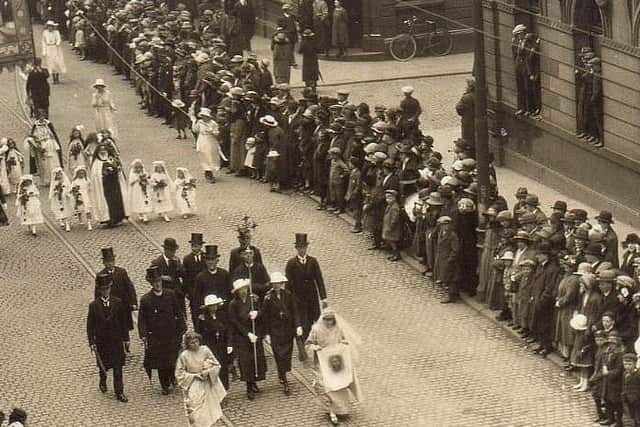

Likewise, no Whitsuntide Fair would have seemed complete without a boxing booth, a magic show or a parched pea saloon. The fairground peep shows were as popular as ever with crowds flocking to see the likes of the fat lady, the thin man, the tattooed woman and the pig faced lady or even the ever popular India Rubber Man, who was able to lift the skin from his chest until it partially covered his face.
Advertisement
Hide AdAdvertisement
Hide AdThe challenge of the hoopla stall, the bid to get the ping pong ball into a goldfish bowl or three darts into different playing cards all added to the fascination of the fairground – and all for a coconut or a goldfish.
One fairground attraction popular to all was the ‘Roll-a-Penny’, although a decade later it was declared illegal by the Preston magistrates who viewed it as a form of gambling with coins, with four stall holders being fined a £1 by the magistrates. In recent years the fairground has been held on Moor Park over the Spring Bank Holiday and the familiar showmen of old roll up with their touring trailers and build their rides and roundabouts designed to thrill.
For the footballers of Preston North End, who had finished 16th in the First Division and reached the semi-final of the FA Cup, losing 2-1 to Tottenham, the summer break was on hold as they went on a tour to Cumbria.
On the Friday they played Whitehaven and won by 4-1 with leading goal scorer Tommy Roberts netting twice and the following day they visited Kendal and Roberts netted two more in a 7-2 victory.
Advertisement
Hide AdAdvertisement
Hide AdWhile North End were away the Dick, Kerr’s Ladies footballers took to the Deepdale turf to play Yorkshire Ladies on the Saturday afternoon. Watched by a crowd of more than 10,000 they won by 3-0 with Flo Redford scoring twice.
They followed that up with a visit to Staffordshire on Whit Tuesday where they outclassed the French Ladies winning 5-1 with Lily Parr tormenting the opposition and netting all five goals, watched by 10,000 spectators.